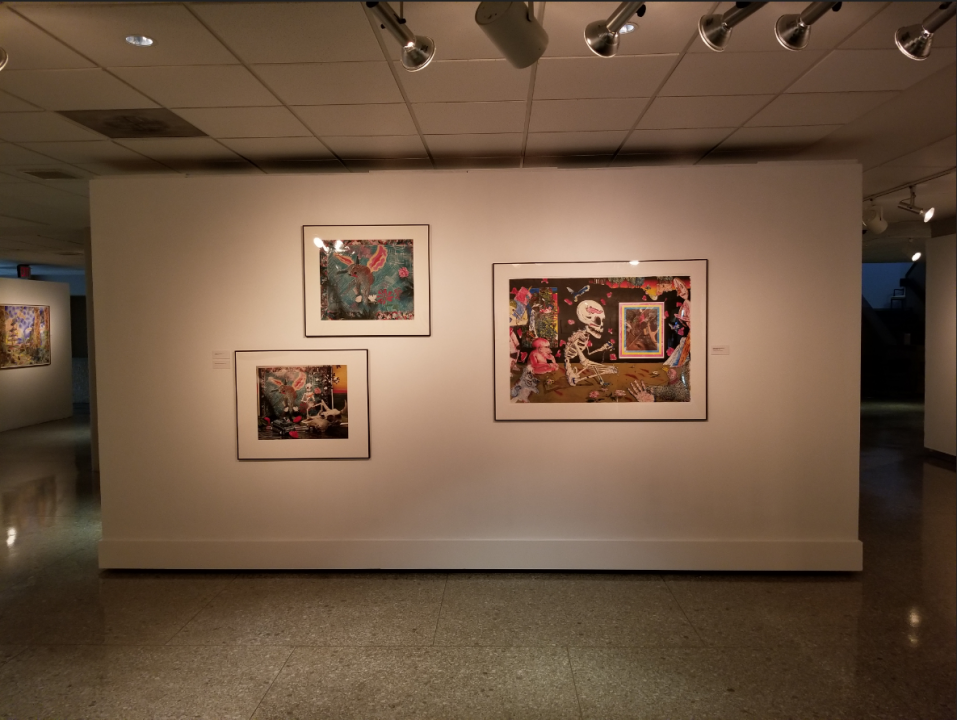Everybody has moods swings, but none are quite like those of Robert Fichter. The tone in his art changes from happy to sad to anguished in an instant, which is evident from the magnificent gallery portraying all his shifting art. Instead of ignoring his feelings, he put his emotions into his mediums, which currently display the journey of his masterpieces.
Robert Whitten Fichter was an American artist born in 1939. He studied painting, printmaking and photography at the University of Florida, where he experimented across a variety of mediums, colors and styles. He describes himself as an imagemaker, expressionist and experimentalist all in one. Fichter was a curator at the George Eastman Museum and a professor at the University of California, Los Angeles, which helped him hone his artistic skills.
His gallery displayed in the Albin O. Kuhn Library Gallery starts off with a dark and monochrome photograph collection that eventually switches to a plethora of color and vibrance. The photographs, developed in the darkroom, increase the melancholy feel. He uses methods like blurring and solarization to enhance this effect. He then moved onto different mediums and colors: drawing, airbrushing and implementing watercolor to get his desired vivid effects. Many of his paintings are fun and full of interesting characters and scenes, whereas some in his later days are inspired by horrors with anatomy and the environment.
Fichter was troubled by the effects of overdevelopment of society on the environment and even gave up photography for a time because of the chemical waste it produced. In fact, many of his paintings were inspired by that same anxiety—changes in the environment, the destruction of war and the threat of nuclear proliferation.
One of the pieces that stood out among this gallery was the Hiroshima Memorial, c. 1982. It encapsulates everything that Fichter stood for in his art and the emotions that lay behind it are extremely clear.
The print grips the viewer from the very beginning, simply because of the truth of history mixed with the softness of art. The print itself consists of traditional Japanese artwork depicting war, along with delicate cherry blossoms framing the edges. The connection to Japan lies within these cherry blossoms, or sakura, as it is their national flower. Skeletons and corpses and other deathly depictions fill the center. A feminine doll in a kimono appears to be completely damaged.
This symbolizes the destruction of innocent lives in the bombing of Hiroshima and Nagasaki that occurred in 1945. The depictions of war and bones bring such a dark and bitter atmosphere to the art, while the bright colors of the flowers and kimono could symbolize the hope that the country could hold on to.
Fichter created an exquisite gallery that displayed his changes in the art, which brought a beautiful blend of somber yet vibrantly curious illustrations. “Artists don’t have to stay in one singular mood all the time. I am consistent about nothing,” he says.
Photo Credit: Robert Fitcher’s art is displayed in the Albin O. Kuhn Library Gallery. Photo by Alex McKenzie.


